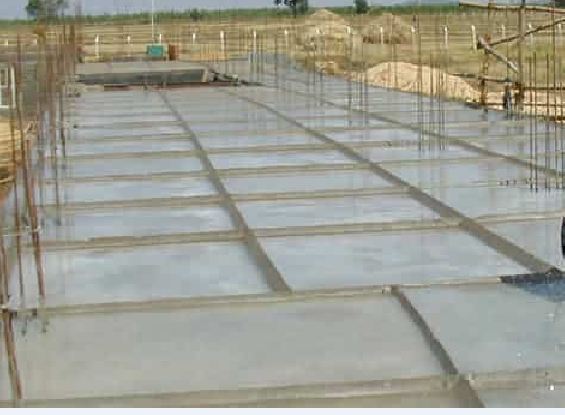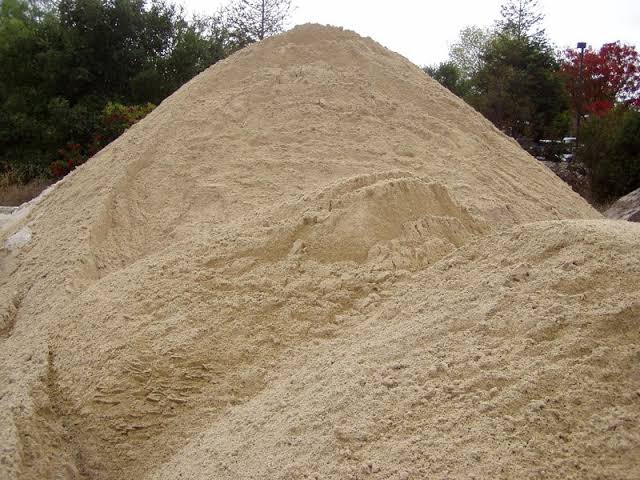HOW TO CALCULATE AMOUNT OF MORTAR PER S.Q.M FOR BLOCK WALL

HOW TO CALCULATE AMOUNT OF MORTAR PER S.Q.M FOR BLOCK WALL The amount of cement paste required as mortar per square meter can be calculated through the following steps 1. Knowing the dimension of the blocks to be used for construction. Here, let’s say we use the cement concrete block of size 150 x230 x450 where by 150 s the thickness of the wall. These dimension s (all dimension are in mm) help to find the area of one block forming wall surface as follows Area of one block = 230 x 450 = 103,500mm 2 2. Knowing the new dimension of blocks with cement mortar. New dimension of concrete block means the height and length of a block with the thickness of mortar which is 15m, then the new height id 245mm and new length is 265mm Fr...



